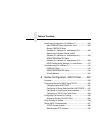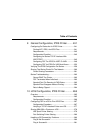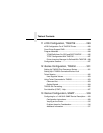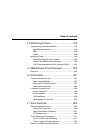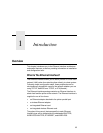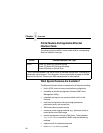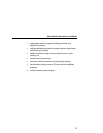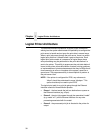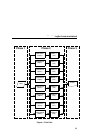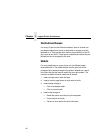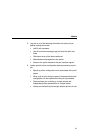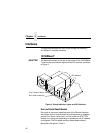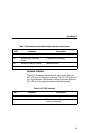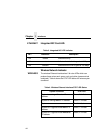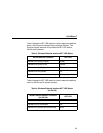
Chapter 1 Logical Printer Architecture
38
Logical Printer Architecture
The Ethernet Interface implements a logical printer architecture
which gives the system administrator the possibility to configure the
print server to handle and act upon the print data in several ways.
When a print job comes through the print server, there is a certain
logical print path that it follows before it gets to the printer. Each
logical print path consists of a sequence of logical steps where
extra processing may be performed on the print data before it is
sent to the printer. This ability to preprocess the print data before it
is sent to the printer allows elimination of certain printing problems,
or implementation of printer enhancements that may be difficult and
time consuming to solve or introduce at the system, spool file or
queue level. The preprocess ability is also simplistic to perform at
the print server level.
NOTE: If the printer is configured for IPDS, any reference to
“d4prn” should be understood to mean “dipdsprn.” This
queue should only be used to print IPDS.
The logical print path for a print job going through the Ethernet
Interface consists of three different phases:
• Phase 1 - the host sends the job to a destination or queue on
the Ethernet Interface (e.g. d1prn).
• Phase 2 - the print job passes through the associated “model”
(e.g. model “m1”) on the Ethernet Interface for any extra
processing associated with the model.
• Phase 3 - the processed print job is directed to the printer for
output.



